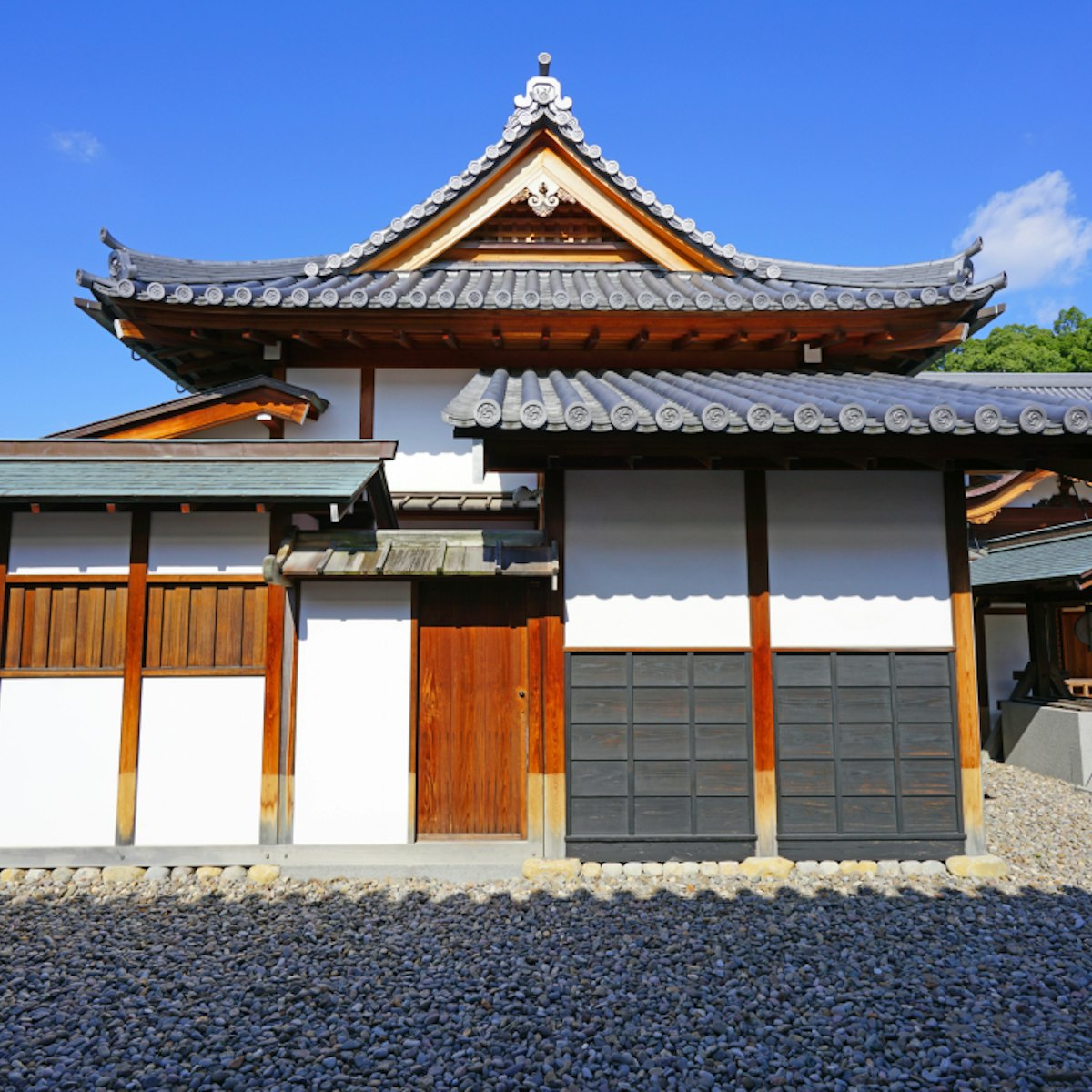Designed by Kuma Kengo (the architect behind Tokyo's Nezu Museum and 2020 Olympic Stadium), this museum straddles a canal in an environmentally friendly building (note the roof garden). The permanent collection covers both Nagasaki-related art and Spanish art, and special exhibits are eclectic, from Chinese art to Chagall. There's a lovely cafe in the bridge over the canal.
ฬวะฤดซรฝ's must-see attractions

2.34 MILES
A still, serene and deeply moving place, Nagasaki's Peace Park commemorates the atomic bombing of the city on August 9, 1945, which reduced theโฆ

11.02 MILES
From afar, the Unesco World Heritage island of Hashima resembles a battleship, hence its nickname Gunkanjima ('battleship island'). Up close, this longโฆ

0.18 MILES
In 1641 the Tokugawa shogunate banished all foreigners from Japan, with one exception: Dejima, a fan-shaped, artificial island in Nagasaki harbour. Fromโฆ

29.11 MILES
This hilltop castle was ruled mostly by the Matsudaira clan from the 1660s and played a part in the Shimabara Rebellion. It was rebuilt in 1964. As wellโฆ

1.08 MILES
Situated on a forested hilltop and reached via multiple staircases with nearly 200 steps, this enormous shrine was established in 1625. Around the groundsโฆ

2.12 MILES
On 9 August 1945, the world's second nuclear weapon detonated over Nagasaki, and this sombre place recounts the city's destruction and loss of lifeโฆ

Nagasaki National Peace Memorial Hall for the Atomic Bomb Victims
2.15 MILES
Adjacent to the Atomic Bomb Museum and completed in 2003, this minimalist memorial by Kuryลซ Akira is a profoundly moving place. It's best approached byโฆ

Nagasaki Museum of History & Culture
0.94 MILES
This large museum with attractive displays focuses on Nagasaki's proud history of international exchange. Additionally, there's a fabulous, detailedโฆ
Nearby Nagasaki attractions
0.18 MILES
In 1641 the Tokugawa shogunate banished all foreigners from Japan, with one exception: Dejima, a fan-shaped, artificial island in Nagasaki harbour. Fromโฆ
0.29 MILES
During Japan's long period of seclusion, Chinese traders were theoretically just as restricted as the Dutch, but in practice they were relatively freeโฆ
0.41 MILES
For days when Gunkanjima is inaccessible (or even when it's not), you can tour the island from afar via high-tech video presentations and virtual-realityโฆ
0.44 MILES
The gently inclined flagstone streets known as the Dutch Slopes were once lined with wooden Dutch houses. Several buildings here have been beautifullyโฆ
5. Kลshi-byล & Historical Museum of China
0.46 MILES
The jauntily painted Kลshi-byล shrine claims to be the only Confucian shrine built by and for Chinese outside China, and the statues of sages in itsโฆ
6. ฒัฒนพฑณ๚ล-ฒ๕ณ๓พฑฐ๙ฒโลฐ์ฒนฒิ
0.47 MILES
In the Dutch Slopes area, this museum has archaeological artefacts. The combined admission includes ฐญดว-ฒ๕ณ๓ฒนฒ๕ณ๓พฑฒิ-ฒ๕ณ๓พฑฐ๙ฒโลฐ์ฒนฒิ.
7. ฐญดว-ฒ๕ณ๓ฒนฒ๕ณ๓พฑฒิ-ฒ๕ณ๓พฑฐ๙ฒโลฐ์ฒนฒิ
0.48 MILES
In the Dutch Slopes, this quiet museum showcases the area's history through historic photographs (note that most signage is in Japanese). The combinedโฆ
0.52 MILES
This hilltop church, Japan's oldest (1864), is dedicated to the 26 Christians who were crucified in Nagasaki in 1597. The former seminary and bishop'sโฆ